1. Pain after laser hair removal: what is normal?
After a laser hair removal session, it is almost always normal to experience mild to moderate discomfort. Major dermatology societies describe the classic reaction as a mild sunburn : redness, warmth, slight swelling around the follicles, and sometimes sensitivity to touch.
These sensations generally last from a few hours to 24–48 hours, depending on the area, the power setting used, your skin type, and your individual sensitivity. On more sensitive areas (bikini line, face, underarms), the discomfort may be slightly more pronounced, but this is perfectly normal.
On the other hand, very intense pain , which prevents you from sleeping or moving normally, blisters , thick scabs or skin that becomes greyish or whitish locally are not “classic” reactions: in this case, you must quickly contact the clinic or a doctor (we will come back to this below).
At SSSKIN , the team always checks the condition of the skin at the end of the session and adjusts the parameters of the diode laser hair removal technology according to your phototype and the area treated, precisely to find the balance between effectiveness and comfort.
2. What should I do immediately after the session if it hurts?
In the hours that follow, the goal is to bring down the heat and calm the superficial inflammation of the skin.
The recommendations of the American Academy of Dermatology, the Mayo Clinic and several specialized clinics all point in the same direction: cool, soothe, protect.
Apply cold (without irritating the skin)
A cold pack or a clean cold compress, applied in small touches, is one of the most effective ways to quickly reduce pain and redness.
The idea is to:
-
wrap the ice pack in a clean cloth (never put ice directly on the skin);
-
Leave on for a few minutes, then remove;
-
Repeat several times a day if needed.
This often helps to break the burning sensation and make the area much more comfortable.
Use a suitable soothing treatment
Many dermatological sources recommend aloe vera gels or neutral, fragrance-free moisturizing creams to soothe the skin and reduce tightness.
In most cases :
-
Pure aloe vera gel or a cream rich in moisturizing agents (glycerin, panthenol, hyaluronic acid) helps to reduce the burning sensation and itching;
-
It is best to avoid very occlusive or perfumed oily textures immediately after the session.
Some clinics may also prescribe, on a case-by-case basis, a low-dose corticosteroid cream for a few days if the inflammation is significant. This is not done routinely: you should follow the doctor's instructions.
Take a simple pain reliever if needed
Sources like Healthline explain that simple painkillers such as paracetamol can be used to reduce pain after the session, provided there are no personal contraindications.
If in doubt or undergoing medical treatment, it is always best to seek advice from your doctor or clinic before taking any pain medication.
3. What to avoid to prevent aggravating the pain

Much of the pain or prolonged burning sensation after laser treatment stems from excessive stress on already fragile skin. Leading medical sources (AAD, Mayo Clinic, Cleveland Clinic, Healthline, NHS, etc.) emphasize the same points.
Avoid heat and perspiration
For 24 to 48 hours, it's best to let the skin rest:
-
no very hot showers or baths;
-
no sauna, hammam, jacuzzi;
-
avoid intense sport which causes significant sweating, especially on areas of friction (jersey, folds, armpits, back).
Heat increases vasodilation and can transform a tolerable discomfort into real pain or prolonged inflammation.
Take a break from "strong" products
In the following days, we put in parentheses:
-
mechanical exfoliation (grains, brushes) on the area;
-
chemical exfoliants such as AHA/BHA (fruit acids, salicylic acid);
-
retinoids (retinol, tretinoin…);
-
Harsh deodorants on the armpits, perfumes applied directly to the skin, heavily perfumed products.
The combination of “laser + irritating agents + friction + perspiration” is almost guaranteed to generate pain, redness and sometimes small scabs.
Absolutely protect from the sun
Sunlight on a freshly treated area is the perfect combination for pain and blemishes.
The AAD and the Mayo Clinic stress the need to limit sun exposure and use a broad-spectrum sunscreen (SPF 30 minimum) on exposed areas to reduce the risk of burns, hyperpigmentation, and prolonged discomfort.
On the body, the ideal is to cover the area (loose clothing, cotton) for the first few days, then to maintain the SPF reflex as soon as it is exposed to the air.
4. When pain is NOT normal: warning signs
Hospital dermatology and laser services remind us that mild and transient pain is common, but that there are signs that should prompt a quick consultation .
You should contact the clinic or a doctor if:
-
the pain is very strong, throbbing, and worsens instead of decreasing;
-
you see blisters , bubbles, skin that darkens or whitens in a specific area (burn appearance);
-
the area becomes very hot, very red, possibly with fever, chills, oozing or odor (suspected infection);
-
Very dark or very white spots appear clearly a few days after the session, especially if the area was burning hot to begin with.
Documents from the NHS and hospital laser centers explain that abnormal scarring, marked pigmentary disorders, or persistent pain may correspond to deeper burns or infection , and should be addressed early to limit the risk of lasting scarring.
In this type of situation, do not remain in doubt: call the SSSKIN clinic or your attending physician, send a photo if offered, and follow the instructions given (specific cream, dressing, emergency consultation if necessary).
5. How to limit pain in future sessions?
The good news is that for many patients, the sessions become less painful as the protocol progresses: there is less hair, less heat accumulated in the follicles, and the skin is often better prepared.
Here are some suggestions to help the following sessions go more smoothly:
Prepare the skin
Avoid arriving with already irritated or damaged skin. In the days leading up to the session, it's best to:
-
limit scrubs and harsh products on the area;
-
moisturize regularly with a simple, unscented cream;
-
Do not expose yourself to the sun or use a UV tanning bed.
For very hairy or sensitive areas, well-hydrated skin often tolerates the treatment better.
Talking about the pain with the team
It is important to describe what you felt :
-
pain during the session;
-
reactions in the hours and days that followed;
-
products used in your home.
This allows the fluence, pulse duration, firing frequency and cooling system of the diode laser hair removal technology used by SSSKIN to be adapted to maintain good effectiveness while remaining tolerable.
In certain areas, it is also possible, with medical advice, to use a pre-prescribed topical anesthetic cream applied one hour before the session. Specialized centers mention this option for very sensitive patients.
6. Pain and skin differences: not everyone reacts the same way

Specialized articles remind us that pain varies greatly depending on:
-
the area (bikini line, upper lip, armpits are often more sensitive than the legs or back);
-
the thickness of the hair (thick hair = more heat in the follicle);
-
phototype (darker skin is more at risk of overheating if the laser is not properly adjusted);
-
individual sensitivity to pain.
This is precisely why clinics like SSSKIN work with multi-wavelength diode lasers and personalized protocols, and why a consultation is always carried out prior to any laser hair removal treatment.
To better understand the machine used, you can consult the page dedicated to diode laser hair removal technology , which explains how the beam is absorbed by the melanin in the hair, and how the cooling system helps reduce the burning sensation during the shots.
7. FAQ – Pain after laser hair removal
How long is the pain supposed to last?
Most medical sources indicate that discomfort, redness, and mild swelling usually disappear within a few hours to 24–48 hours. If the pain persists or worsens after 2–3 days, medical advice should be sought.
Is it normal to feel almost nothing?
Yes. Some people describe the session as merely "unpleasant" or feel very little, especially on less sensitive areas or after a few sessions. The laser remains effective even if the pain is minimal, as long as the settings are correctly adjusted.
Can I use numbing cream to reduce the pain?
In some cases, a numbing cream may be prescribed by a doctor before the session, especially for very sensitive areas. It must be used according to strict guidelines (amount, surface area, application time). Discuss this with the SSSKIN team; never use it on your own without medical advice.
Does pain mean the session is more effective?
Not necessarily. A very painful session can often indicate that the skin is overheating. Studies show that excellent results can be achieved by properly adjusting the energy and cooling, without aiming for maximum pain.
When should I really be worried?
You should be concerned if the pain is severe and persistent, if you see blisters, thick scabs, black or white patches on the skin, or signs of infection (pus, fever, odor). In this case, contact your clinic or a doctor immediately.

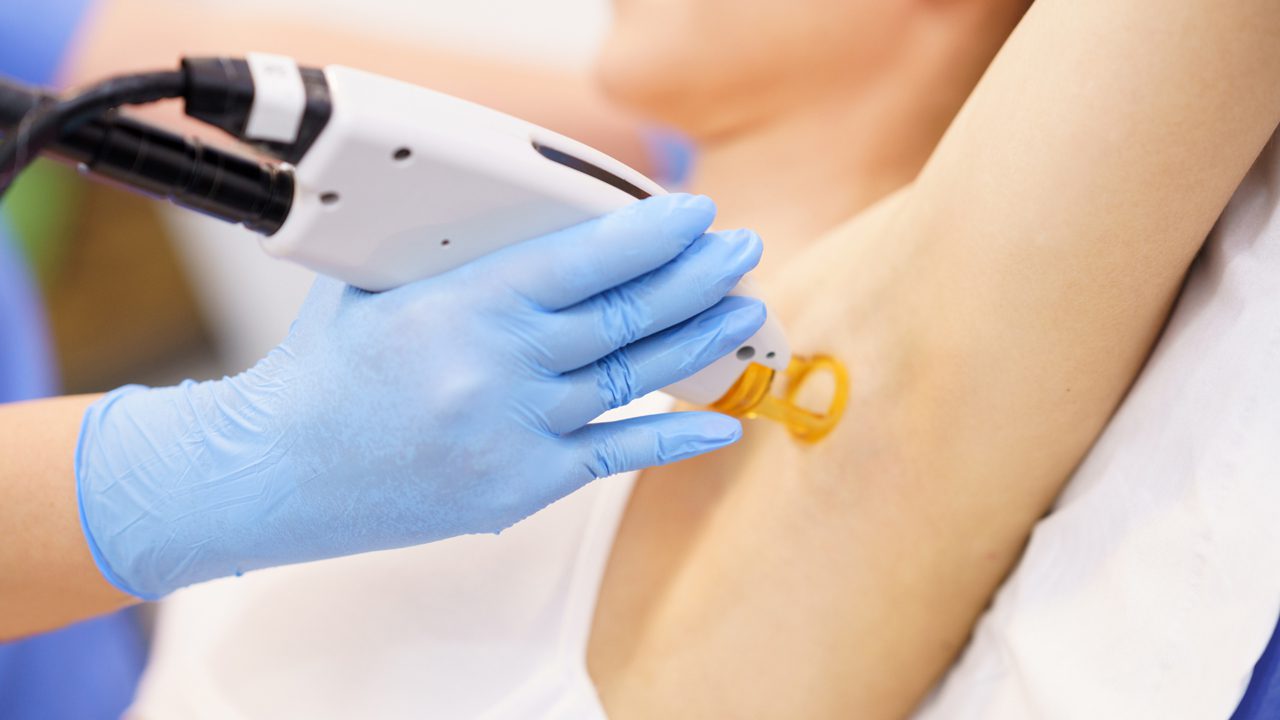

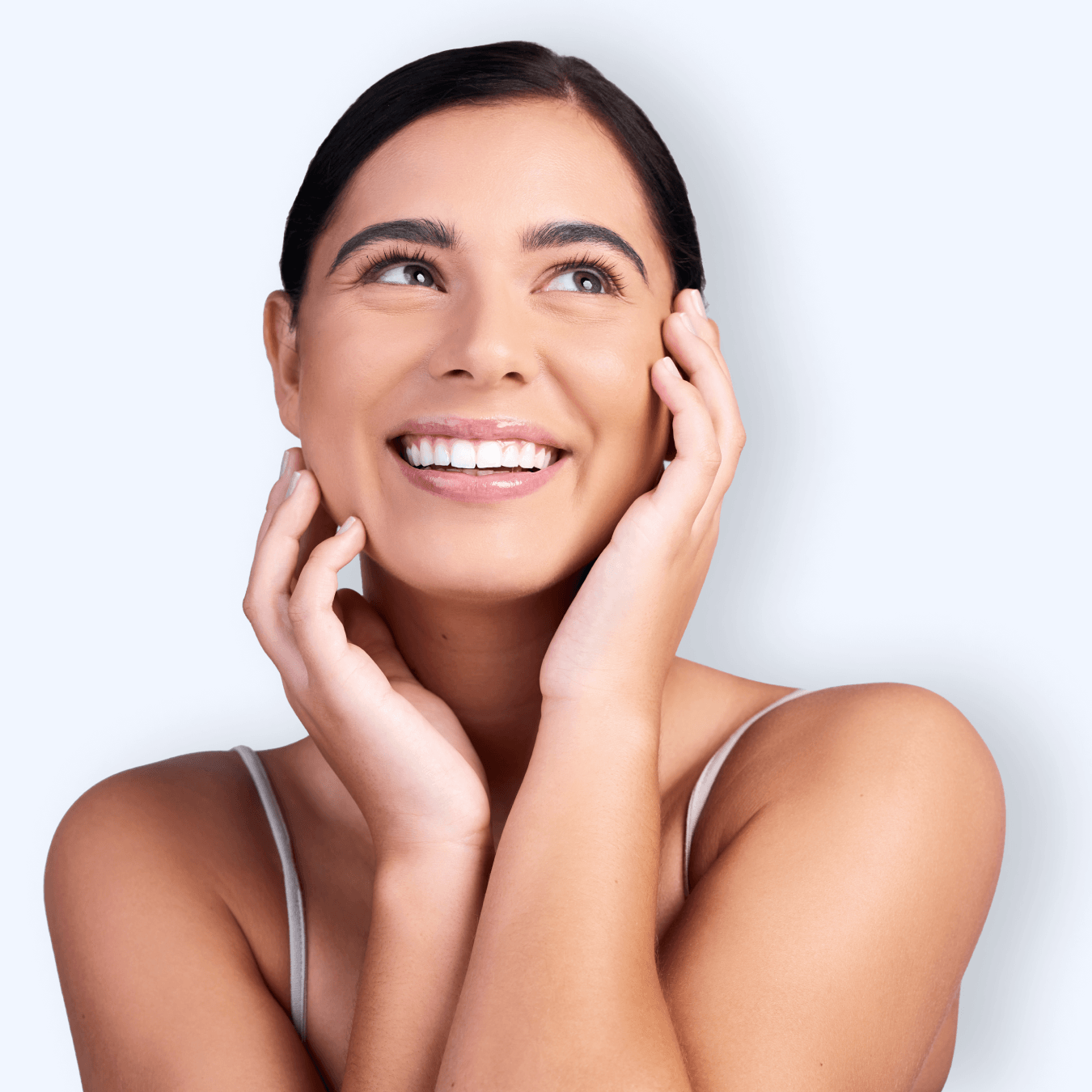
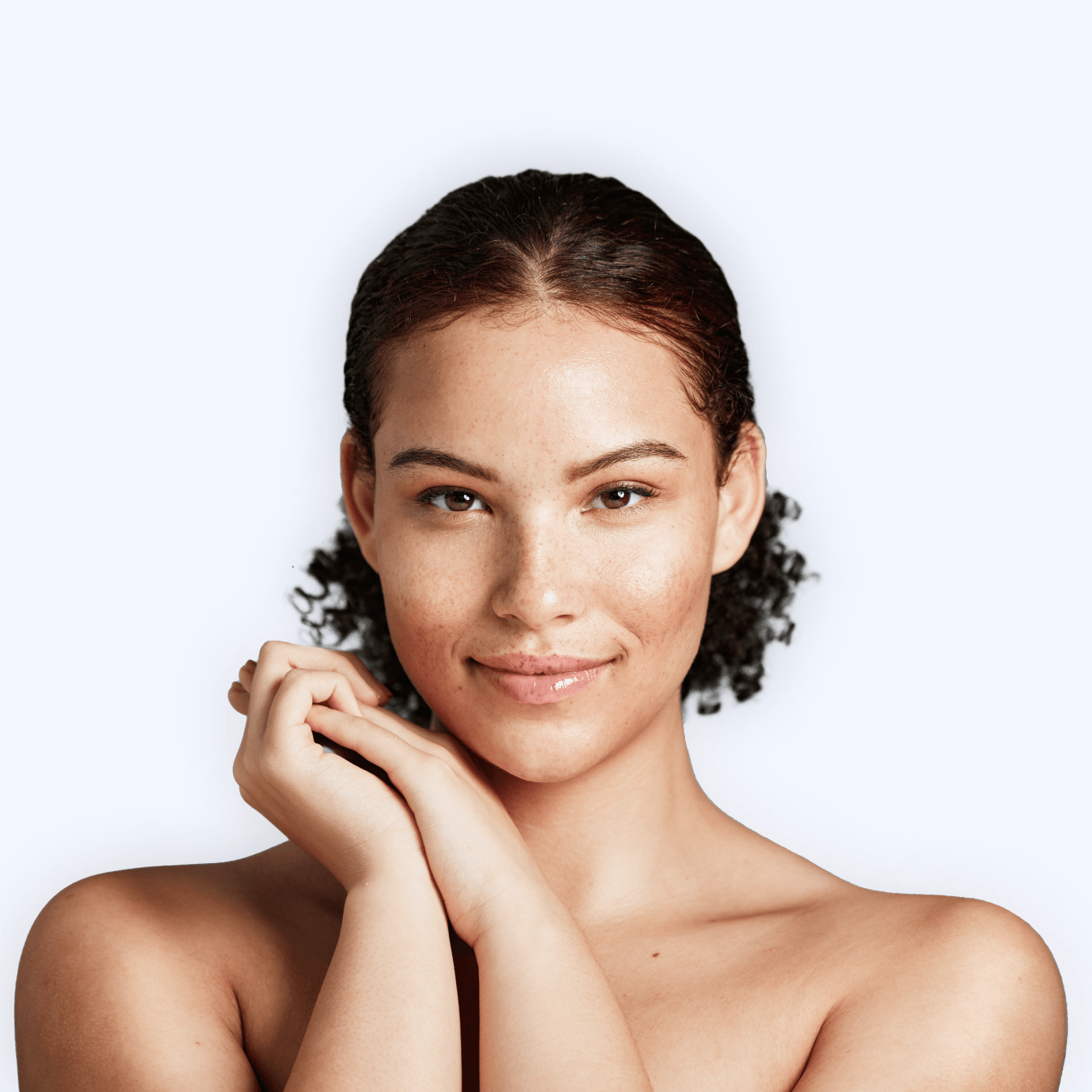

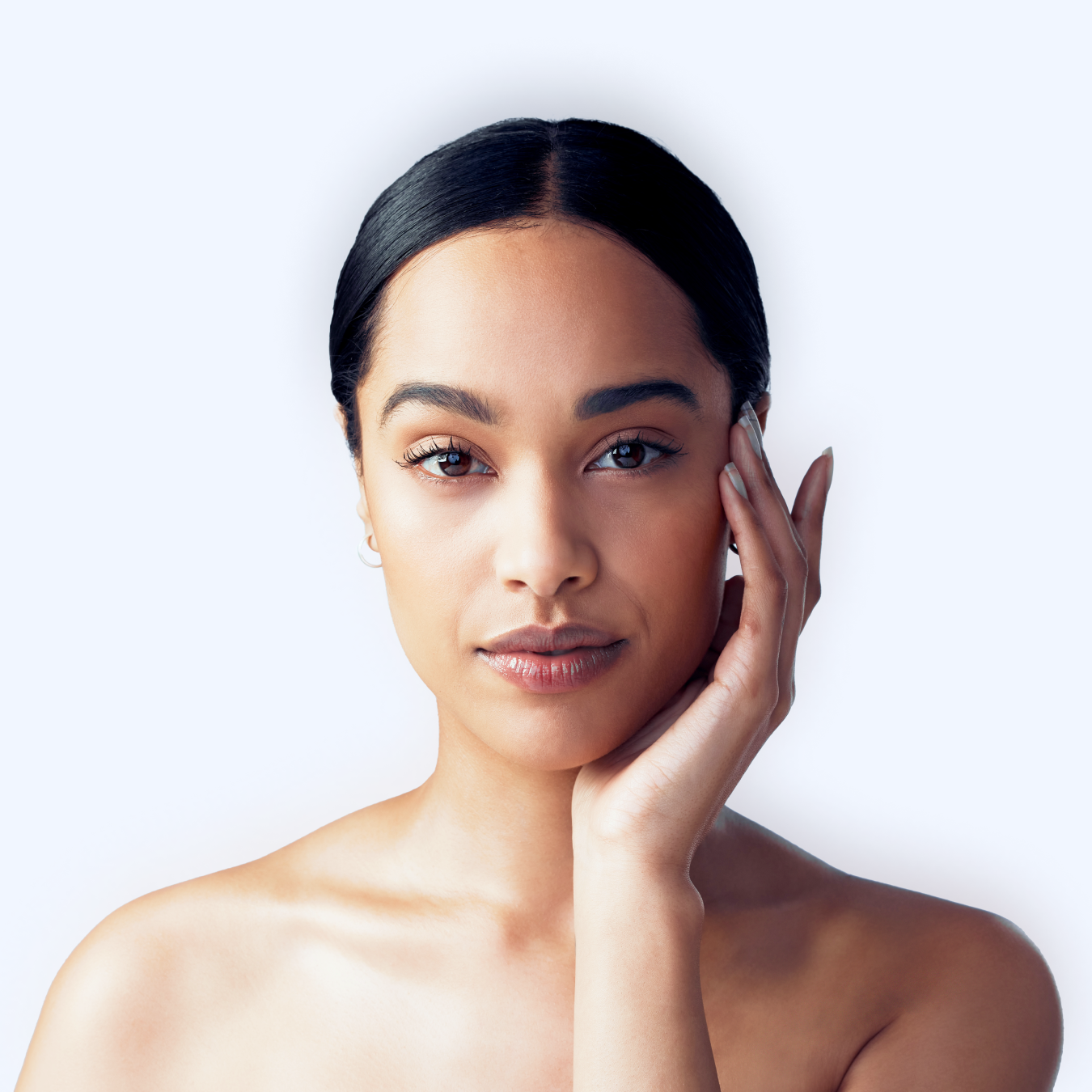


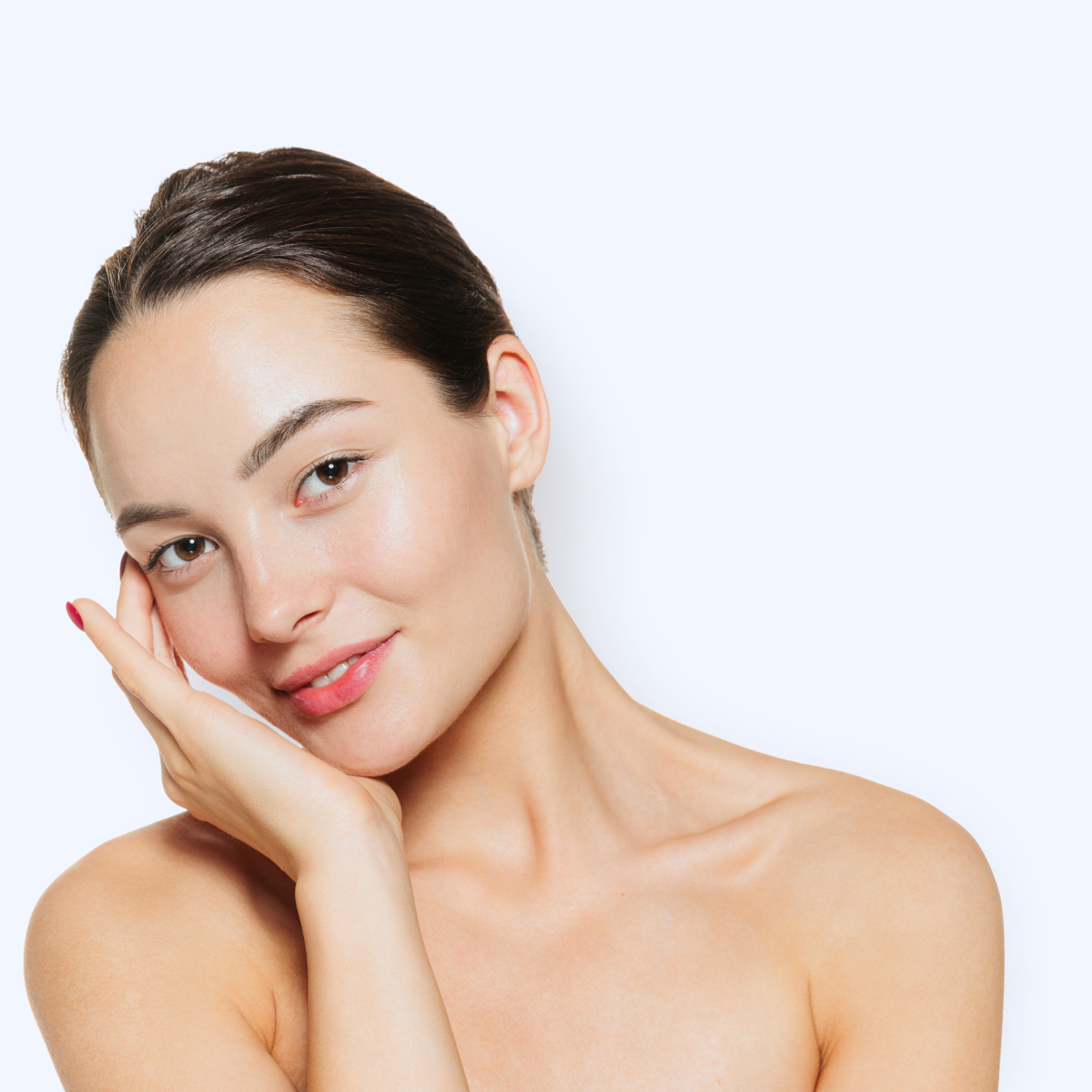
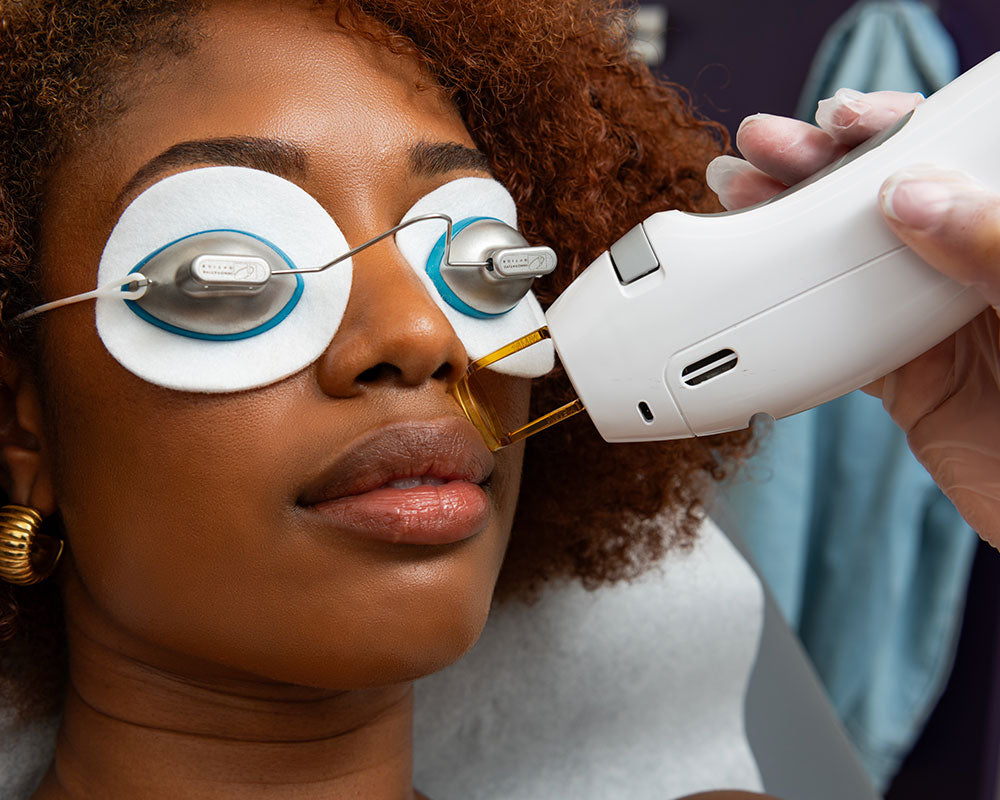
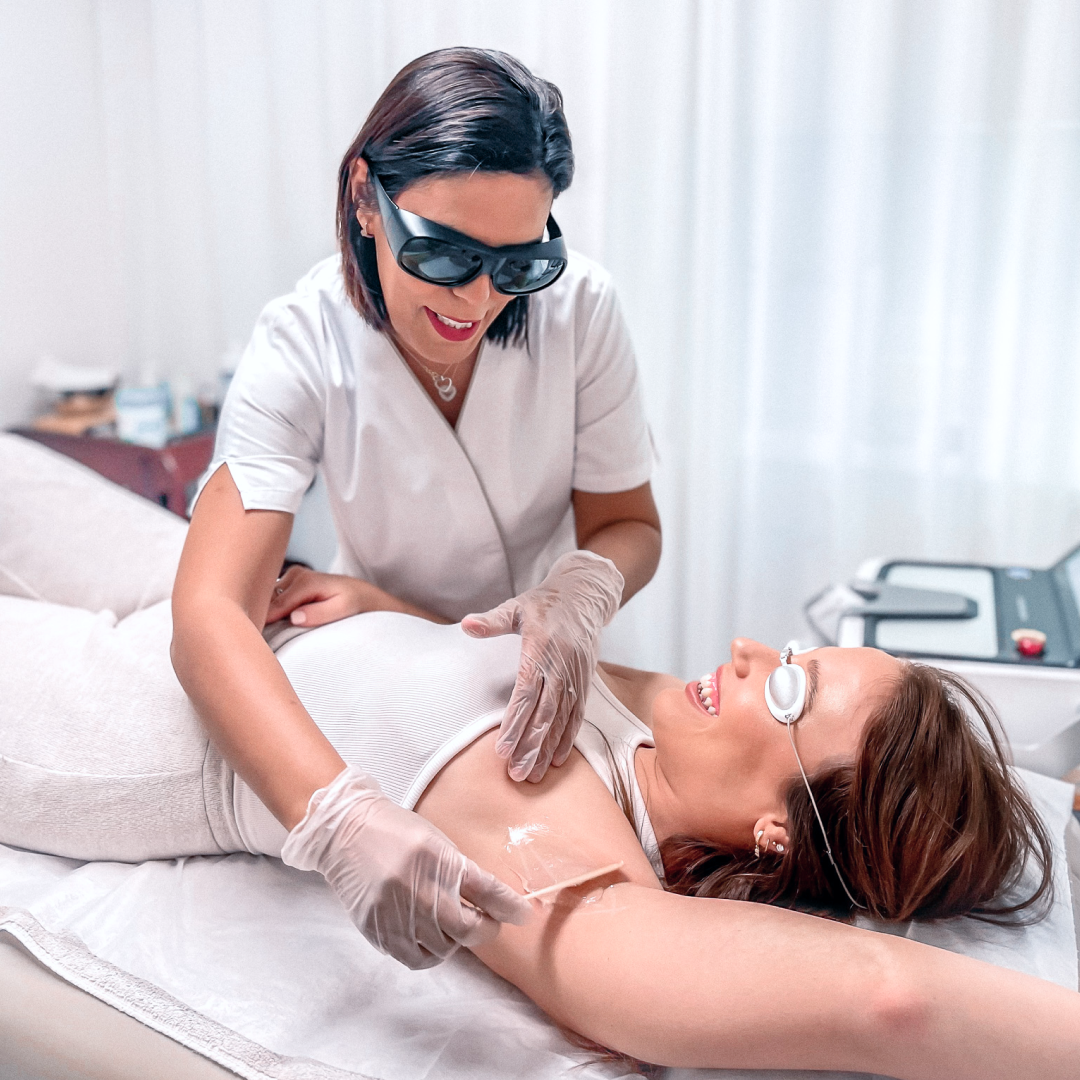
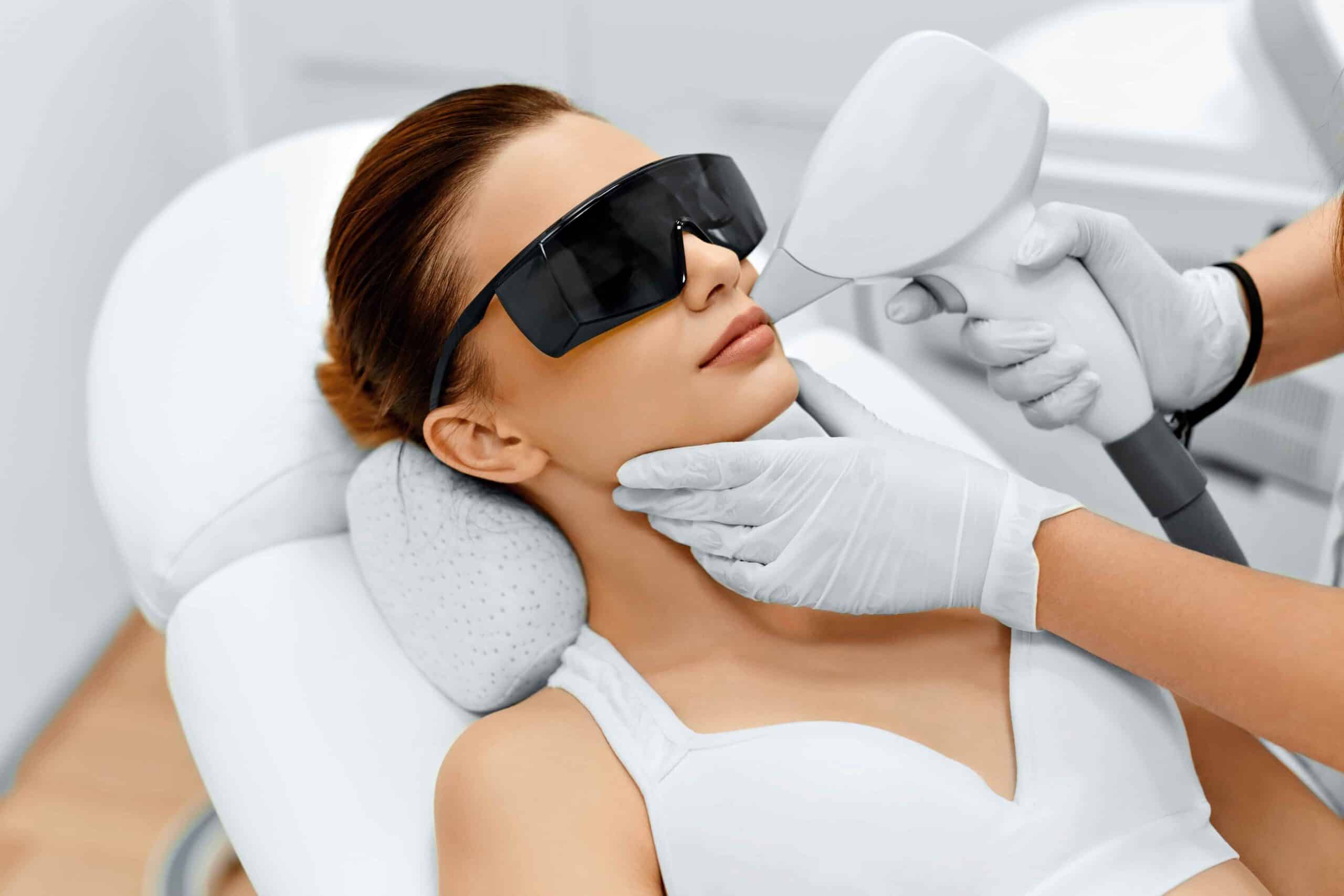
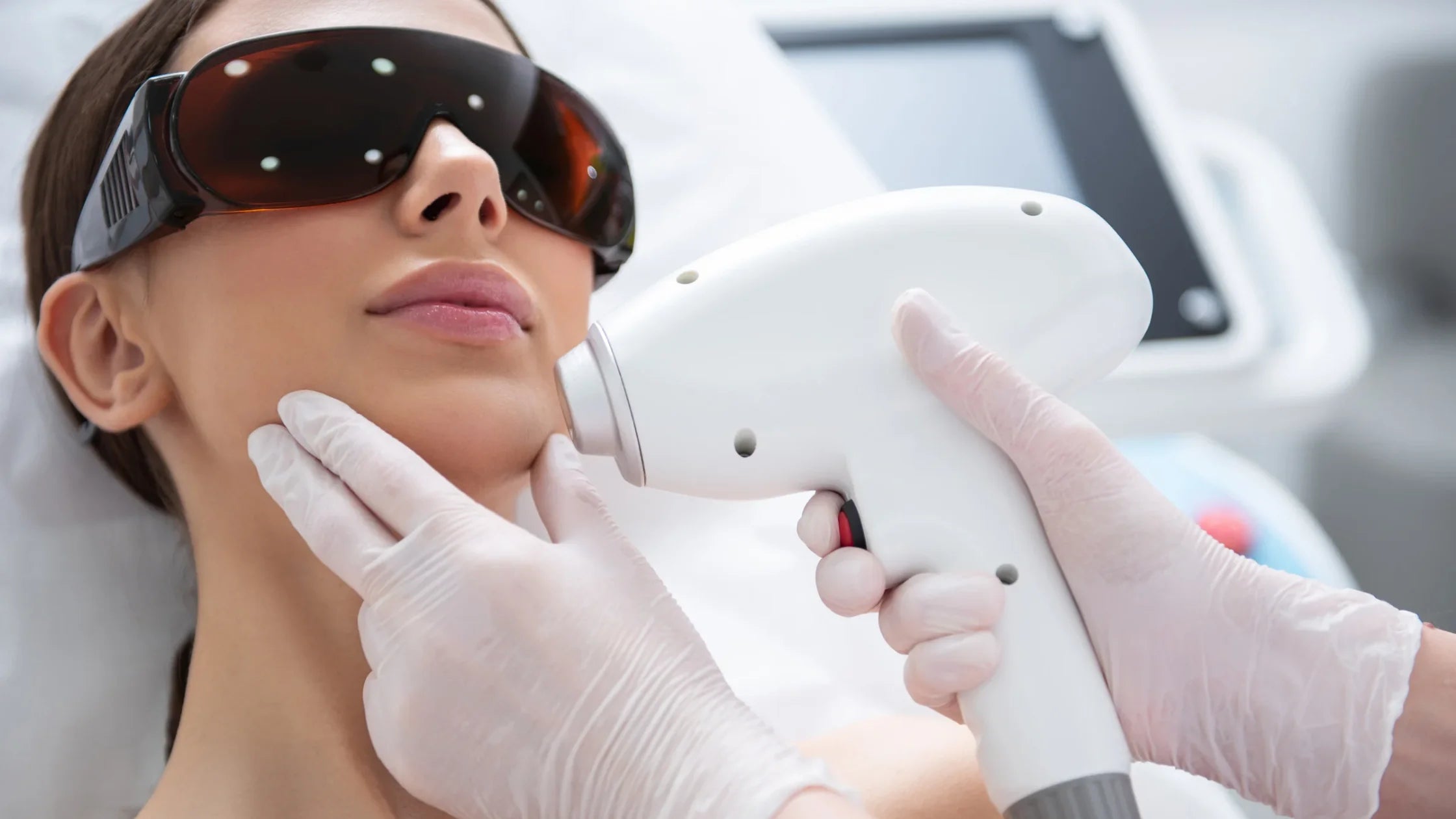

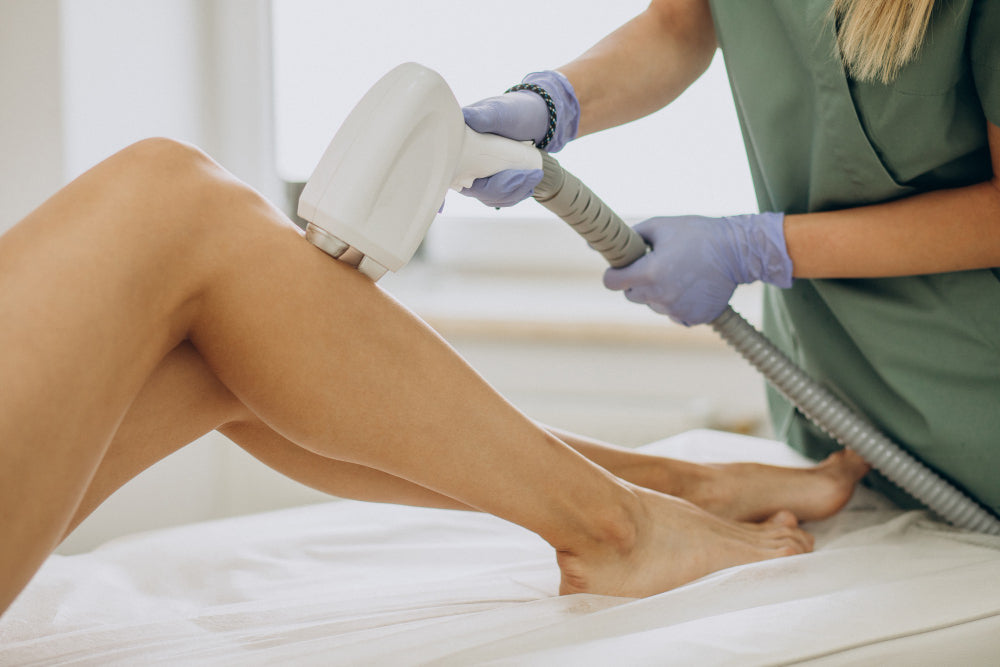

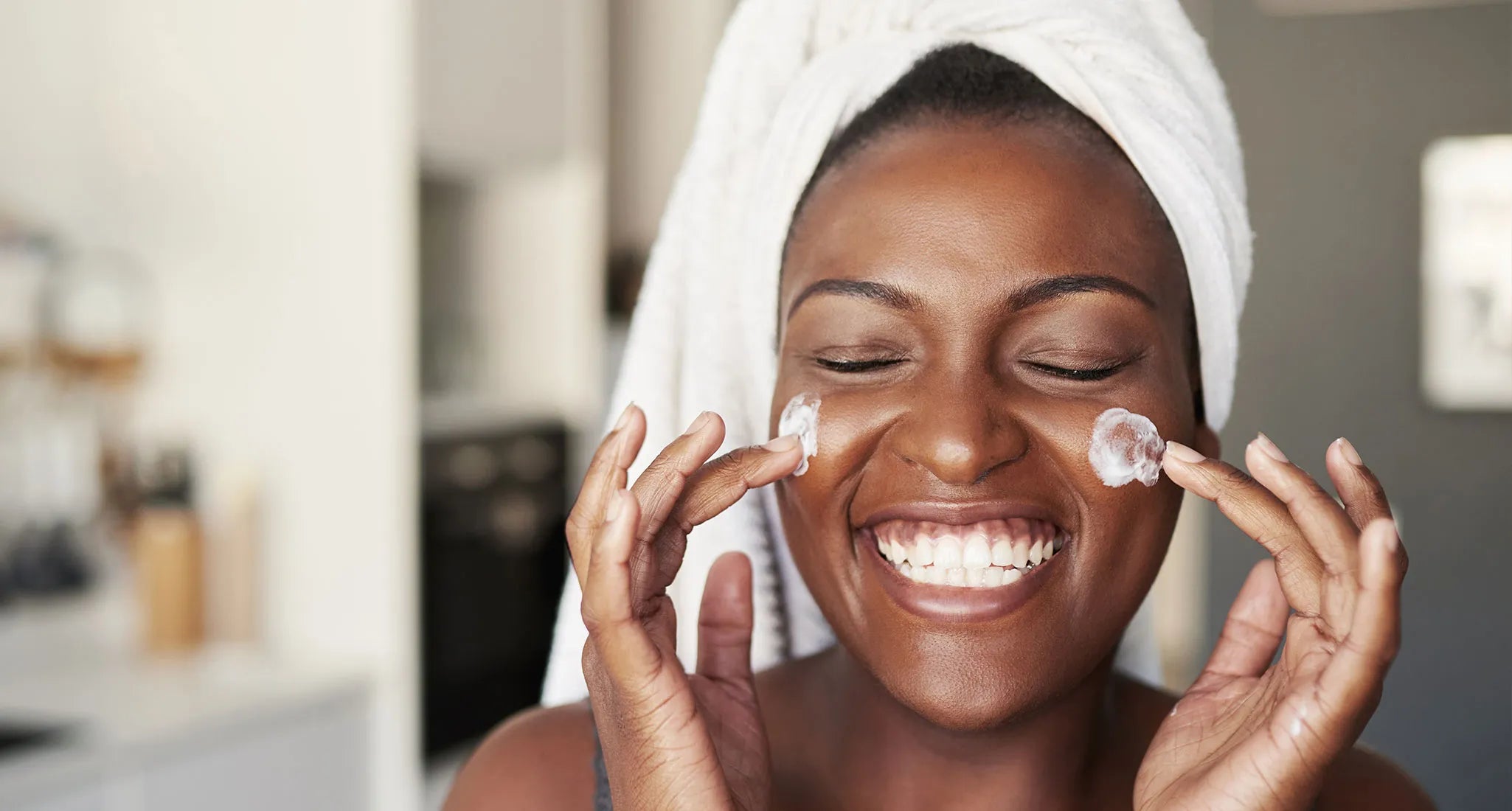
Share: